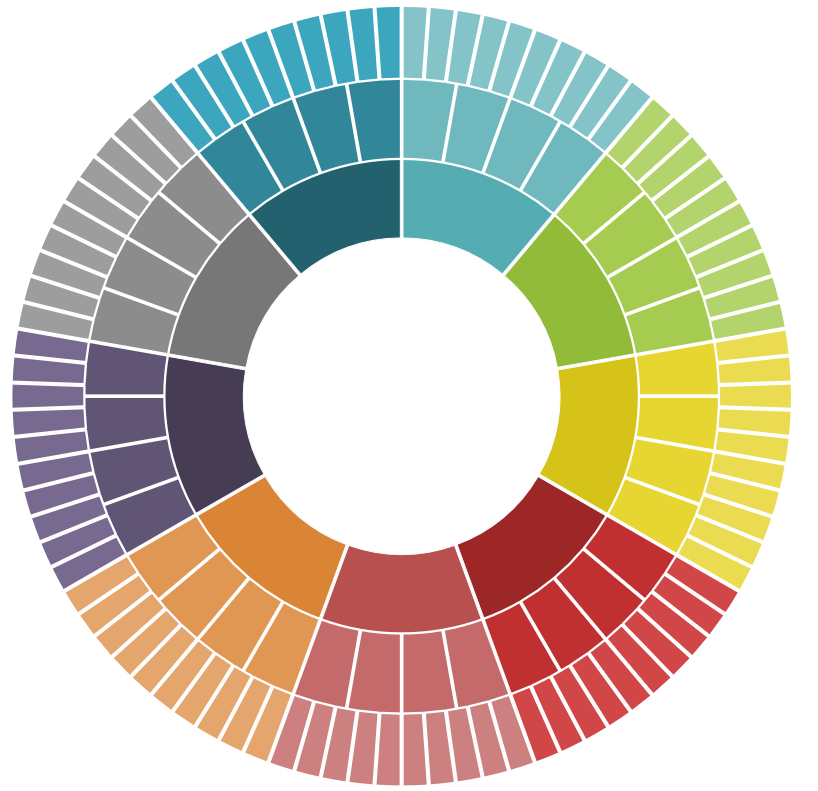Volltextsuche nutzen
- versandkostenfrei ab € 30,–
- 6x in Wien und Salzburg
- 6 Mio. Bücher
- facultas
- Detailansicht

Cold Atoms in a Cryogenic Environment
Technology and Engineering

Taschenbuch
92,50€
inkl. gesetzl. MwSt.
Herstellung bei AnforderungVersandkostenfreibestellen in Österreich
Deutschland: € 10,00
EU & Schweiz: € 20,00
EU & Schweiz: € 20,00
In den Warenkorb
Click & Collect
Artikel online bestellen und in der Filiale abholen.
Derzeit in keiner facultas Filiale lagernd. Jetzt online bestellen!Artikel online bestellen und in der Filiale abholen.
Artikel in den Warenkorb legen, zur Kassa gehen und Wunschfiliale auswählen. Lieferung abholen und bequem vor Ort bezahlen.
Auf die Merkliste
Veröffentlicht 2011, von Stefan Haslinger bei Südwestdeutscher Verlag für Hochschulschriften
ISBN: 978-3-8381-2883-2
Auflage: Aufl.
272 Seiten
220 mm
Two different ways of establishing cold atoms in a cryogenic 4K environment are shown. One scheme relies on electron induced desorption of rubidium at low temperatures, based on a high efficient, low power electron gun and a magneto optical trap (MOT). With this technology loading rates of the MOT, 1000x bigger compared to loading with a standard dipenser, when scaled by power, are found. The ...
Beschreibung
Two different ways of establishing cold atoms in a cryogenic 4K environment are shown. One scheme relies on electron induced desorption of rubidium at low temperatures, based on a high efficient, low power electron gun and a magneto optical trap (MOT). With this technology loading rates of the MOT, 1000x bigger compared to loading with a standard dipenser, when scaled by power, are found. The other ischeme s based on a superconducting magenetic transport over a large distance into a cryogenic 4K environment. Based on this methods, more than hundred millions of cold rubidium atoms at a temperature of about 50µK are transported into a cryogenic environment, capable of providing a superconducting atomchip and a coplanar microwave resonator. Furthermore, the shown concepts and experiments provide a roadmap to establish a hybrid quantum system with cold atoms and artificial superconducting transmon qubits, coupling an ensemble of cold rubidium atoms via a 6.8GHz hyperfine transition to photons in a superconducting microwave resonator.
Two different ways of establishing cold atoms in a cryogenic 4K environment are shown. One scheme relies on electron induced desorption of rubidium at low temperatures, based on a high efficient, low power electron gun and a magneto optical trap (MOT). With this technology loading rates of the MOT, 1000x bigger compared to loading with a standard dipenser, when scaled by power, are found. The other ischeme s based on a superconducting magenetic transport over a large distance into a cryogenic 4K environment. Based on this methods, more than hundred millions of cold rubidium atoms at a temperature of about 50µK are transported into a cryogenic environment, capable of providing a superconducting atomchip and a coplanar microwave resonator. Furthermore, the shown concepts and experiments provide a roadmap to establish a hybrid quantum system with cold atoms and artificial superconducting transmon qubits, coupling an ensemble of cold rubidium atoms via a 6.8GHz hyperfine transition to photons in a superconducting microwave resonator.
